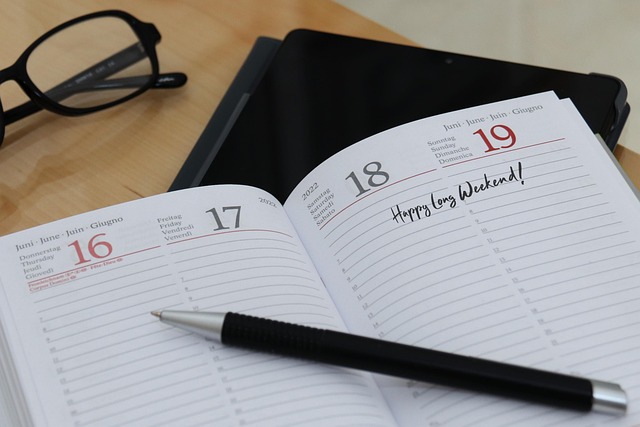Task Planner: Practical Approaches for Daily Workflow
A task planner helps you capture, organize, and sequence the work that matters so daily progress becomes predictable rather than accidental. Whether you are managing a team, balancing study and personal life, or trying to focus on a few high-impact projects, a consistent planning method reduces cognitive load and missed deadlines. This article explains what task planners do, how they support organization and productivity, and how to choose between digital planner and physical planner approaches to fit different working styles.

What is a task planner?
A task planner is a system or tool used to list, prioritize, schedule, and track tasks. It can be as simple as a running checklist or as structured as a time-blocked agenda with project tags and recurring items. Key components include capture (collecting tasks), categorization (by project, context, or priority), scheduling (assigning dates or time blocks), and review (daily or weekly checks). Using a consistent task planner approach helps prevent tasks from being forgotten and makes it easier to decide what to do next.
Task planner and organization
Organization is the backbone of effective planning. A task planner supports organization by grouping related tasks, setting deadlines, and linking actions to outcomes. Good organization reduces context switching and friction: when information is structured—by project, client, or energy level—it becomes faster to batch similar work and estimate how long things will take. Integrate simple conventions such as consistent naming, labels, or color-coding to improve retrieval. Regularly scheduled reviews (for example weekly) keep the planner tidy and ensure priorities reflect changing realities.
Task planner for productivity
A task planner boosts productivity by converting vague intentions into concrete next steps. Productivity gains come from clarity (knowing the next action), focus (eliminating decisions about what to do next), and momentum (completing small wins that build toward bigger goals). Use techniques like time-blocking, the two-minute rule, or priority scoring inside your planner to translate goals into daily habits. Remember that the planner itself is not productivity; disciplined use—capture, prioritize, act, review—creates the sustained improvements.
Digital planner options
Digital planners offer searchable lists, reminders, syncing across devices, and integrations with email and calendars. They excel when you need automation (recurring tasks, notifications), collaboration (shared task lists), or accessibility from multiple devices. Popular digital workflows include using dedicated task apps, calendar-based planners with color-coded events, or combined project-management platforms for teams. Digital planners are also useful for attaching files, linking to documents, and using templates for recurring workflows. Consider privacy settings, offline access, and the learning curve when choosing a digital planner.
Physical planner approaches
Physical planners remain popular for tactile engagement, reduced screen time, and uninterrupted focus. A paper-based planner can be a simple daily to-do list, a bullet journal, or a structured agenda with hourly blocks. Many people find writing tasks by hand improves memory and commitment. Physical planners are also flexible for sketching, mind-mapping, and ad-hoc notes. To combine strengths, some adopt a hybrid system: capture quickly on mobile, then transfer priorities to a physical planner for focused execution and reflection.
A well-designed task planner setup considers realistic capacity, avoids over-scheduling, and makes time for breaks and context switching. Choose a cadence for planning and review that fits your workflow—daily check-ins for fast-moving tasks, weekly reviews for project alignment. If you work with others, standardize labels or project names so shared task lists remain clear. Keep the system simple enough to use consistently; complexity often reduces adherence.
Conclusion
A task planner is a practical tool to translate goals into everyday action, supporting organization and improving productivity when used consistently. Digital planner and physical planner options each have strengths: digital tools offer automation and collaboration, while paper tools offer focus and tactile memory benefits. The right approach aligns with your work style, commitments, and need for flexibility. Regular review and modest conventions—clear naming, prioritized next actions, and realistic time estimates—turn planning from an occasional task into a dependable part of how you get work done.





